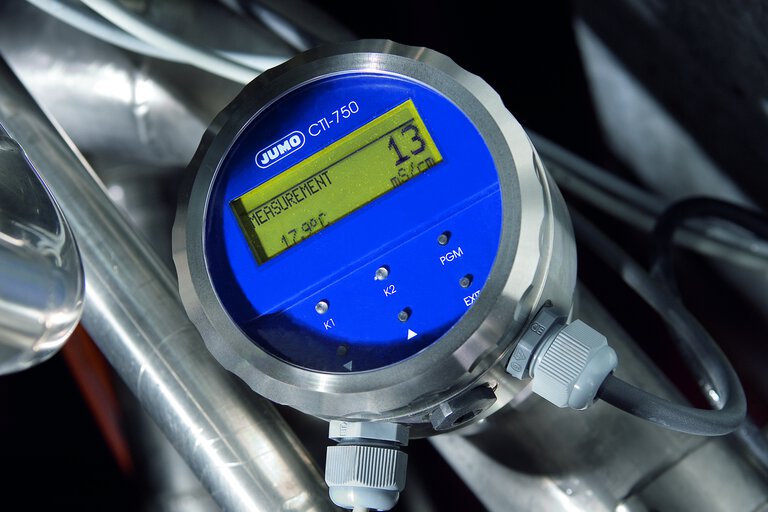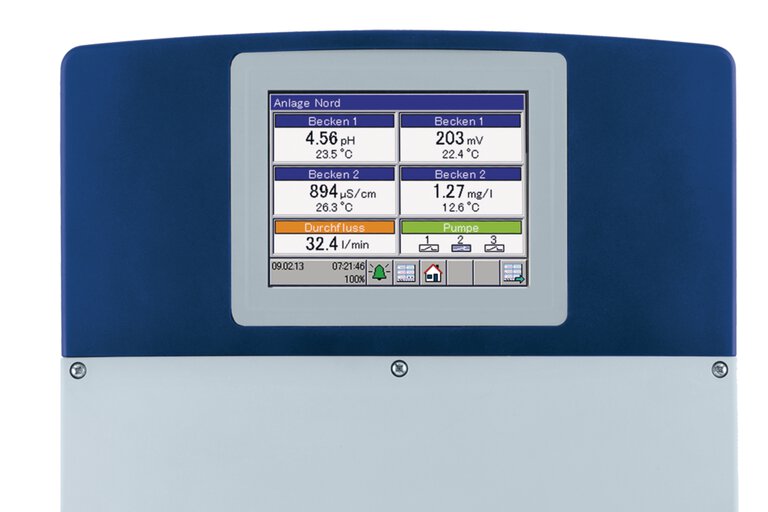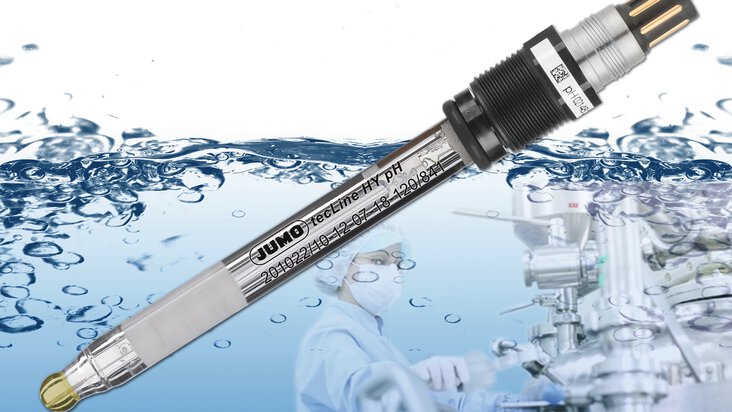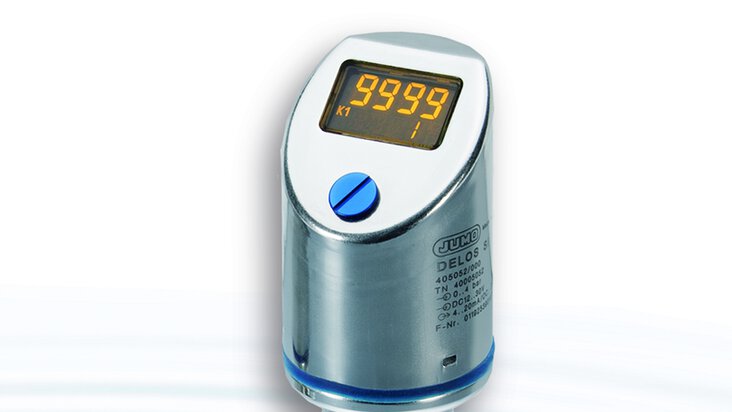

CIP and SIP processes – what's the difference?
CIP and SIP – these automatic cleaning and sterilisation techniques have revolutionised the industry. Find out exactly what they consist of in our blog post. As optimum cleaning is only possible with measurement and control technology, we have also prepared practical tips on how to select liquid analysis and conductivity measurement equipment suitable for CIP cleaning. Read on!
What are CIP and SIP methods based on?
Until the 1950s, closed systems (pipes, tanks, process equipment, etc.) were disassembled and cleaned manually. For industries that require frequent cleaning of equipment, this involved a huge amount of time.
The revolutionary solution turned out to be CIP and SIP cleaning stations, which made it possible to clean system components very thoroughly without disassembly. Today, these methods are widely used to ensure the sterilization of hygiene critical processes in the pharmaceutical and food industries such as beverage production, brewery technology or the dairy industry. What exactly do they consist of?

Brewing industry – here cleaning in place and sterilization in place methods are used for cleaning equipment
Sterilization-in-place (SIP)
SIP sterilisation (sterilisation in place or steam in place) is the sterilisation of machines using steam. In this technique, the heat energy of condensing steam is used to get rid of any microorganisms in the process system. SIP processes are carried out after CIP cleaning – it is the final step in the process.
Cleaning-in-place (CIP)
CIP (cleaning in place) cleaning is often used prior to SIP sterilisation. The CIP process is carried out to remove the soiling that occurs during processing. This is important because the thermal resistance of microorganisms can be increased by the protective effect of soiling generated during processing. Without prior sterilisation, clean in place (CIP) may be less effective.
SIP and CIP processes – advantages
-
greater safety – employees working with potentially hazardous compounds are less exposed to them
-
environmental protection – all liquid waste is chemically and thermally inactivated prior to disposal
-
faster cleaning
-
less water consumption
-
less labour-intensive – these cleaning stations allow machines to be cleaned without disassembly
-
greater accuracy and precision
-
operations are repeatable
-
possibility of automation using a PLC – programmed cleaning cycle with recirculation of detergent and rinsing solutions
Measurement technology for the CIP system - conductivity, flow, level, pH and temperature sensors
For optimal CIP and SIP cleaning, precise measurement and monitoring of, among other things, detergent concentration, temperature and return water quality are crucial.
JUMO offers a complete solution for your CIP and SIP plants. For you, this means being able to conveniently purchase all the necessary equipment from one trusted supplier.

Possibility to use JUMO devices in the CIP cleaning process

Fully automated CIP process thanks to JUMO smartWARE Program
Conductivity measurement – JUMO CTI-750 conductivity meter
For conductivity measurements, choose a device that works well with a PLC, such as the conductivity meter JUMO CTI-750.
Your benefits
-
precise temperature compensation thanks to integrated temperature sensor
-
combined switching of measuring range and temperature coefficient
-
particularly robust conductivity probe
-
two built-in switching outputs can be freely programmed for monitoring conductivity/concentration and/or temperature limits.
-
safety, thanks to assignable alarm and control functions
-
can be operated without a keypad using the smartWARE Setup program
Liquid analysis – JUMO AQUIS touch S liquid analyser and PID controller
We recommend a multi-channel liquid analyser, such as the JUMO AQUIS touch S, for the analysis of filling level, flow rate and conductivity measurements. For example, it enables the concentration of acid or lye solutions, the filling level of two tanks and the flow rate to be measured, adjusted, displayed and recorded simultaneously.
Your benefits
-
functions of data logger, regulator and analyser in one device
-
digital interfaces can be used
-
processing of signals from 4 analytical sensors and up to 10 other parameters
-
process safety thanks to numerous alarm, limit value and switching functions
-
conservation of resources - reduction of maintenance costs
-
reduced commissioning and operating costs due to reliability and high accuracy of the instrument
Find more recommended products for your application here or by contacting us. We look forward to hearing from you!
- ${title}${badge}




